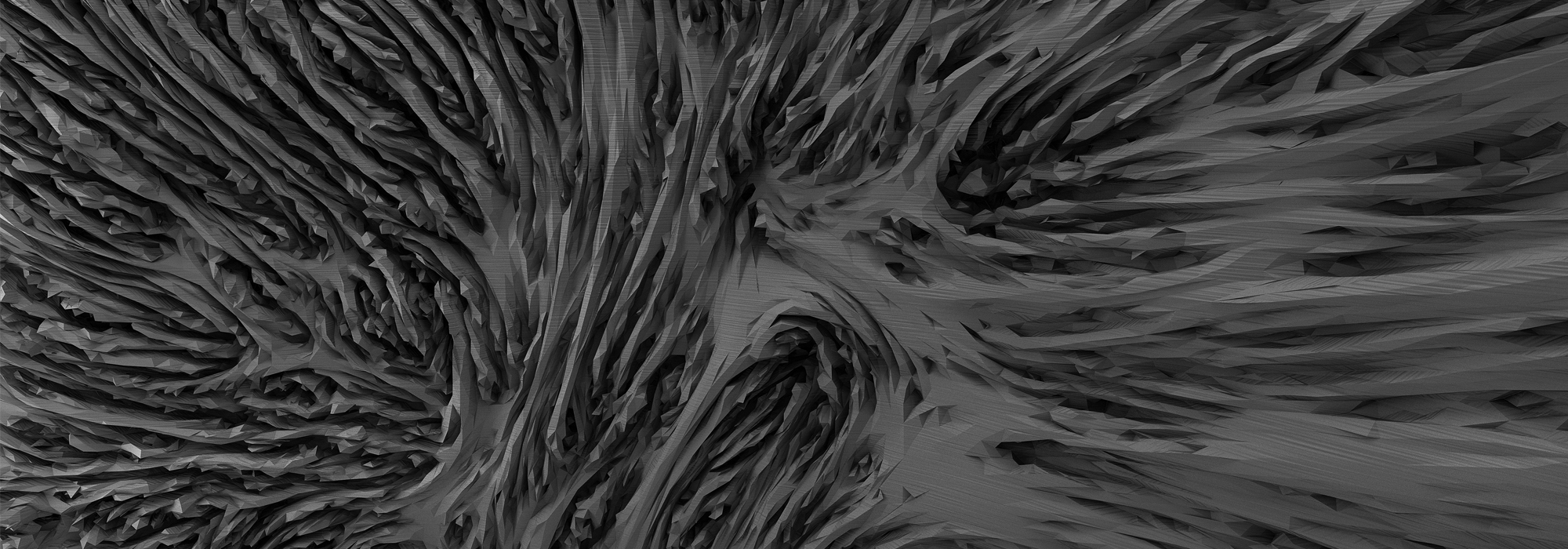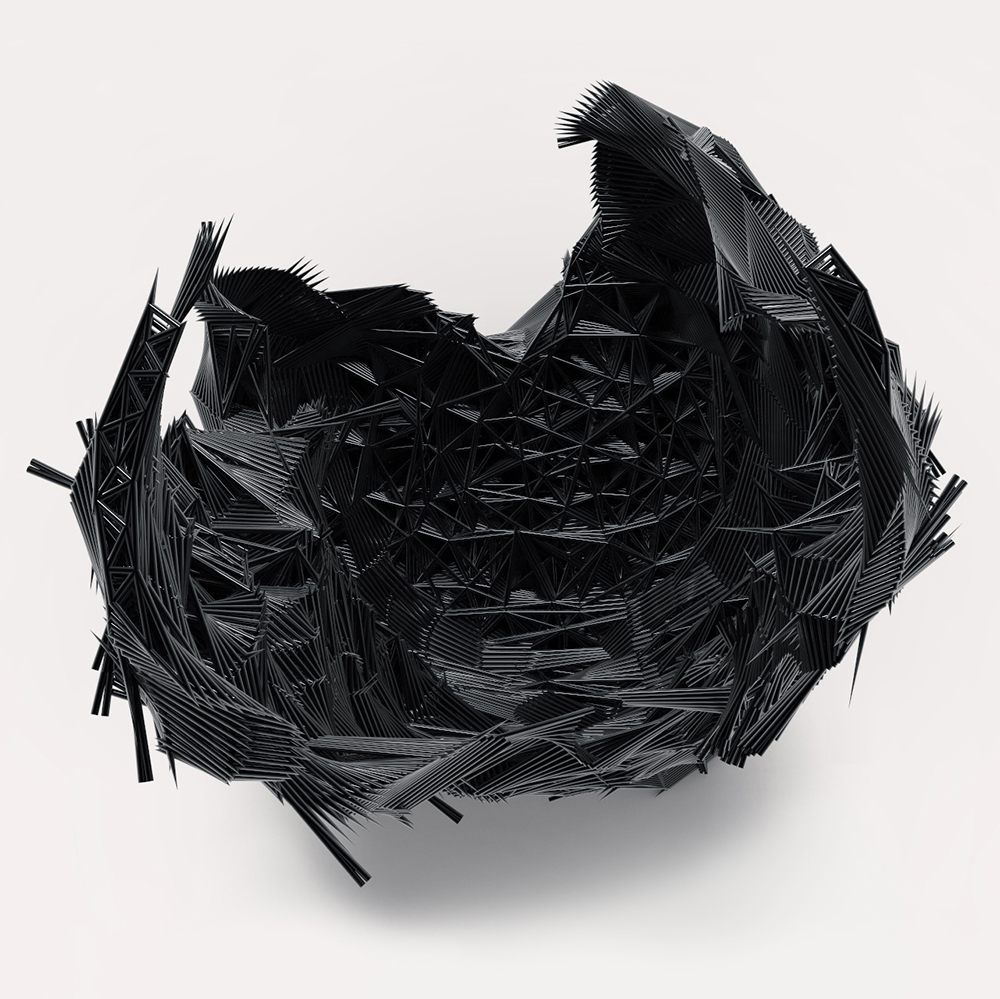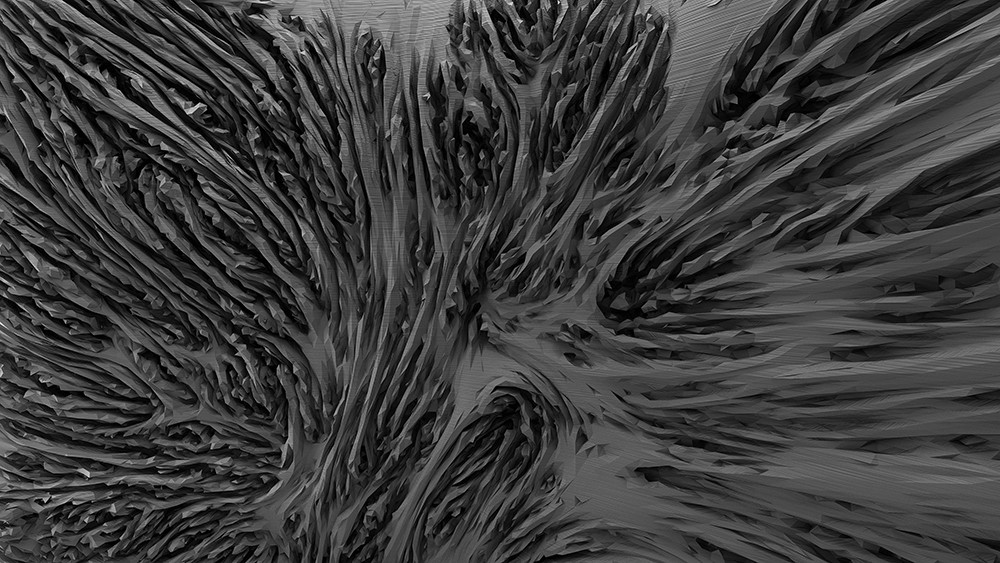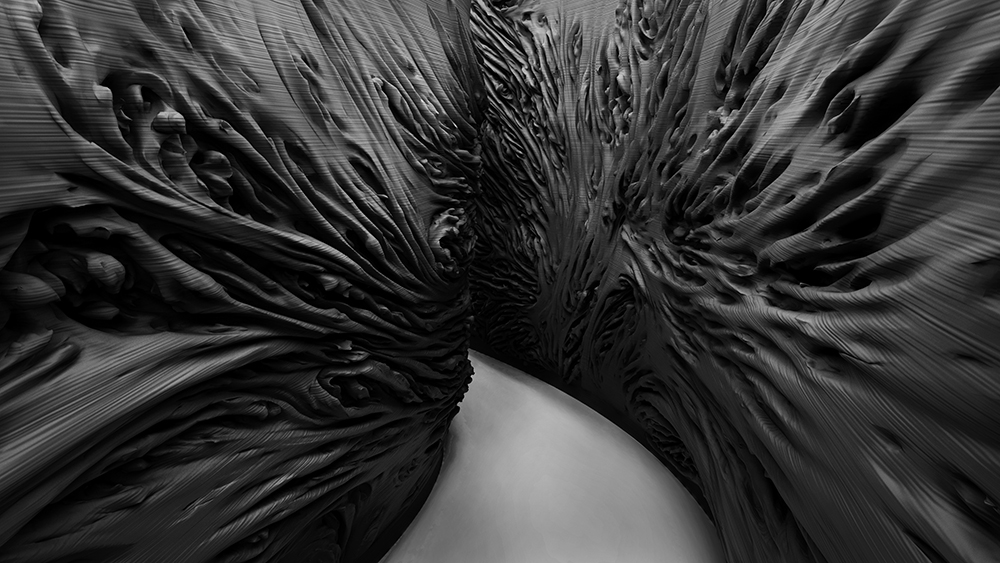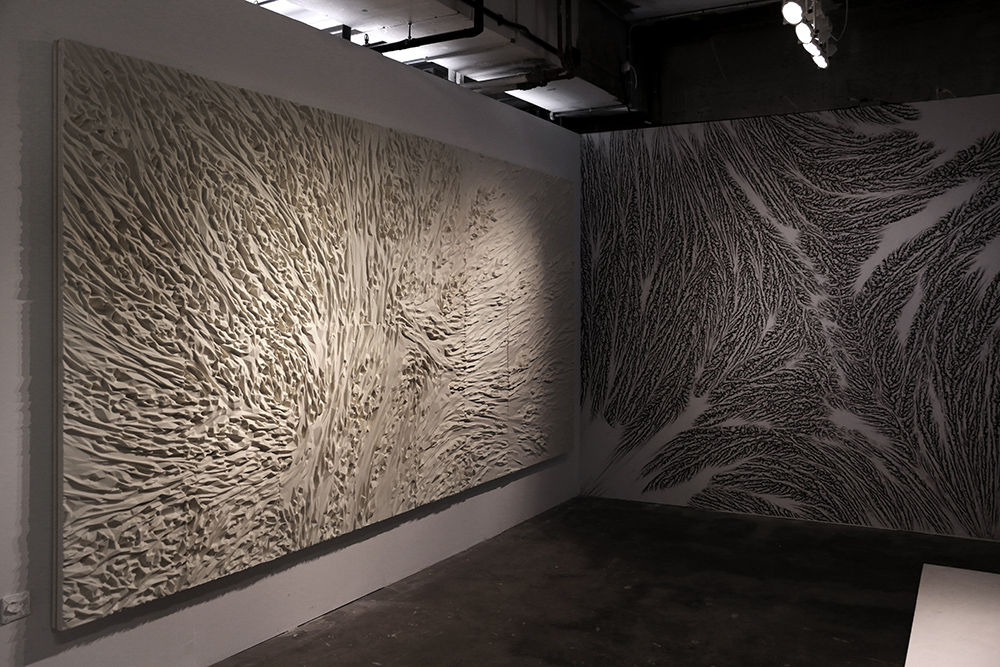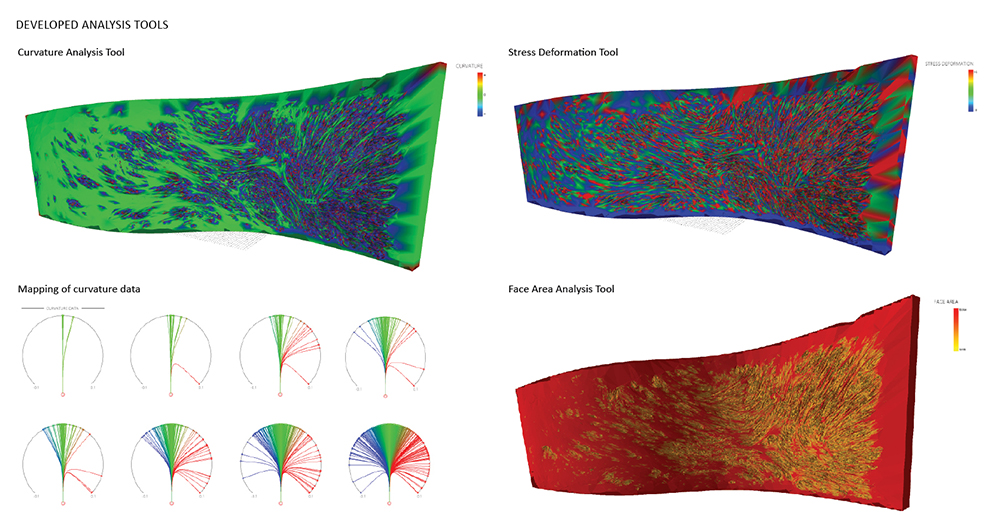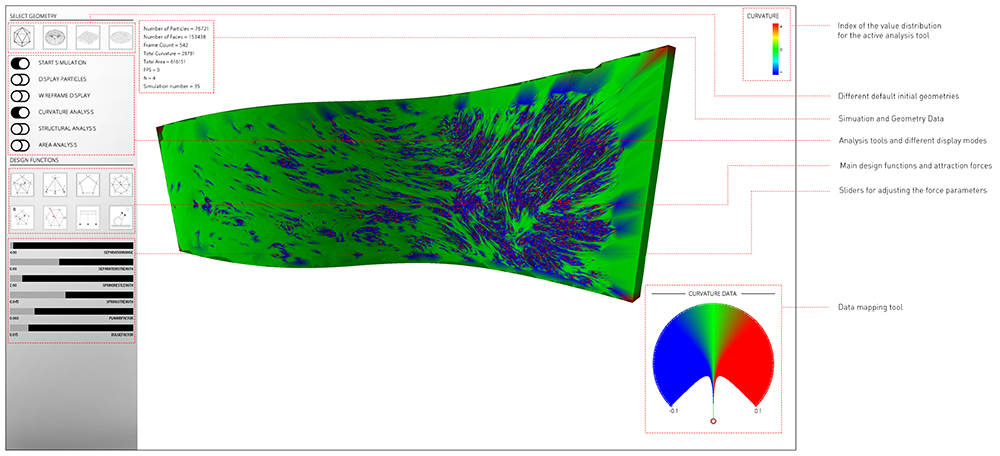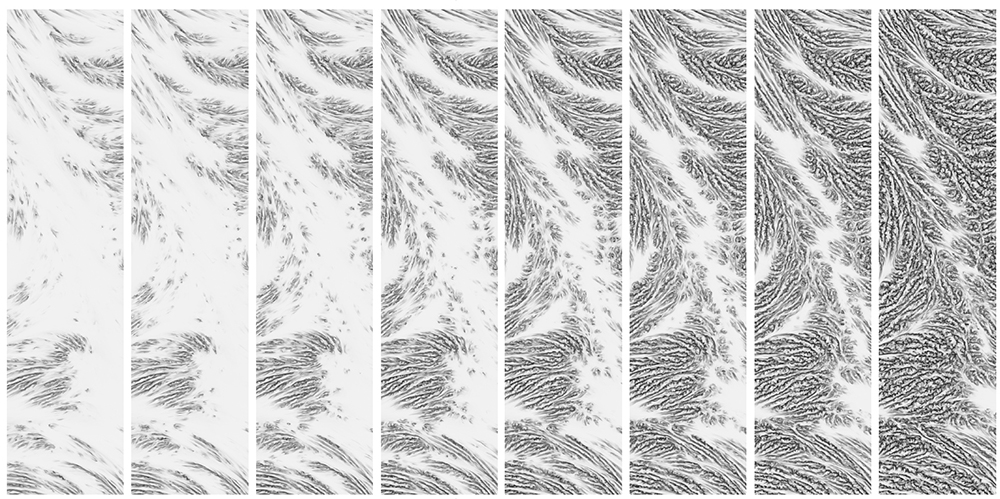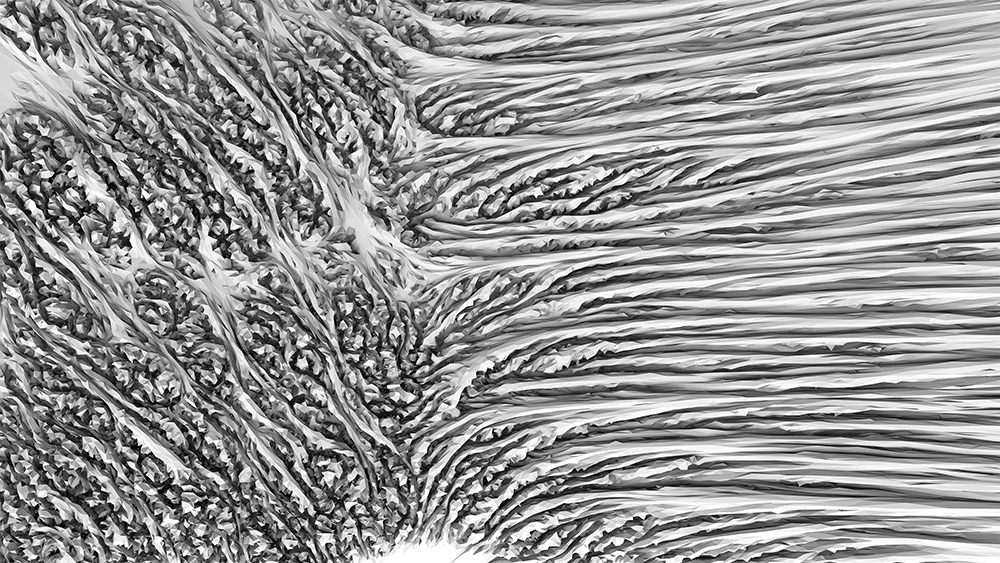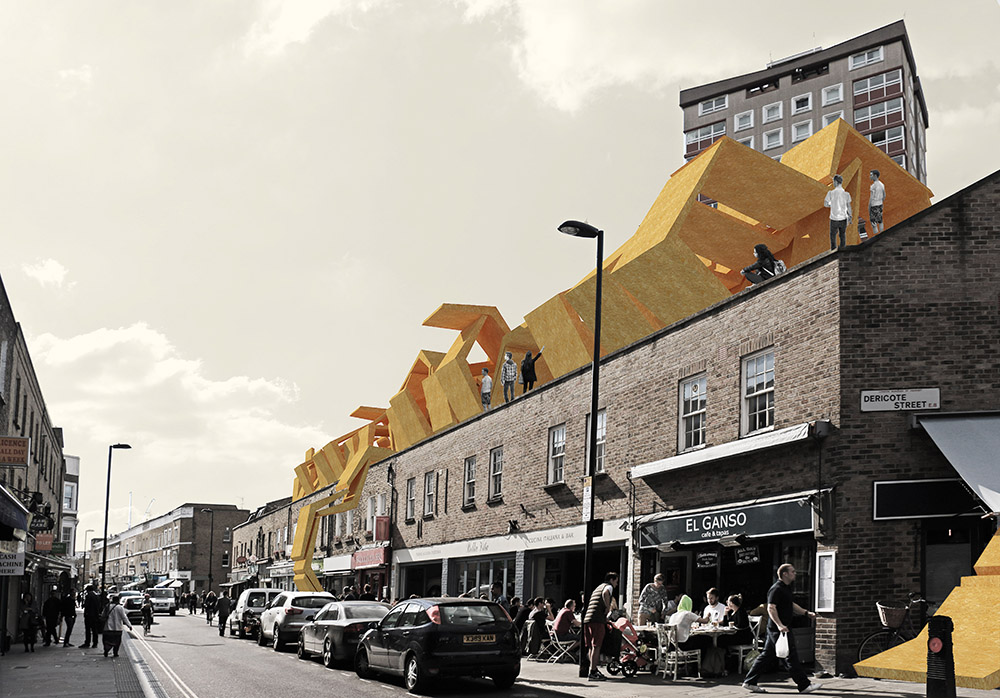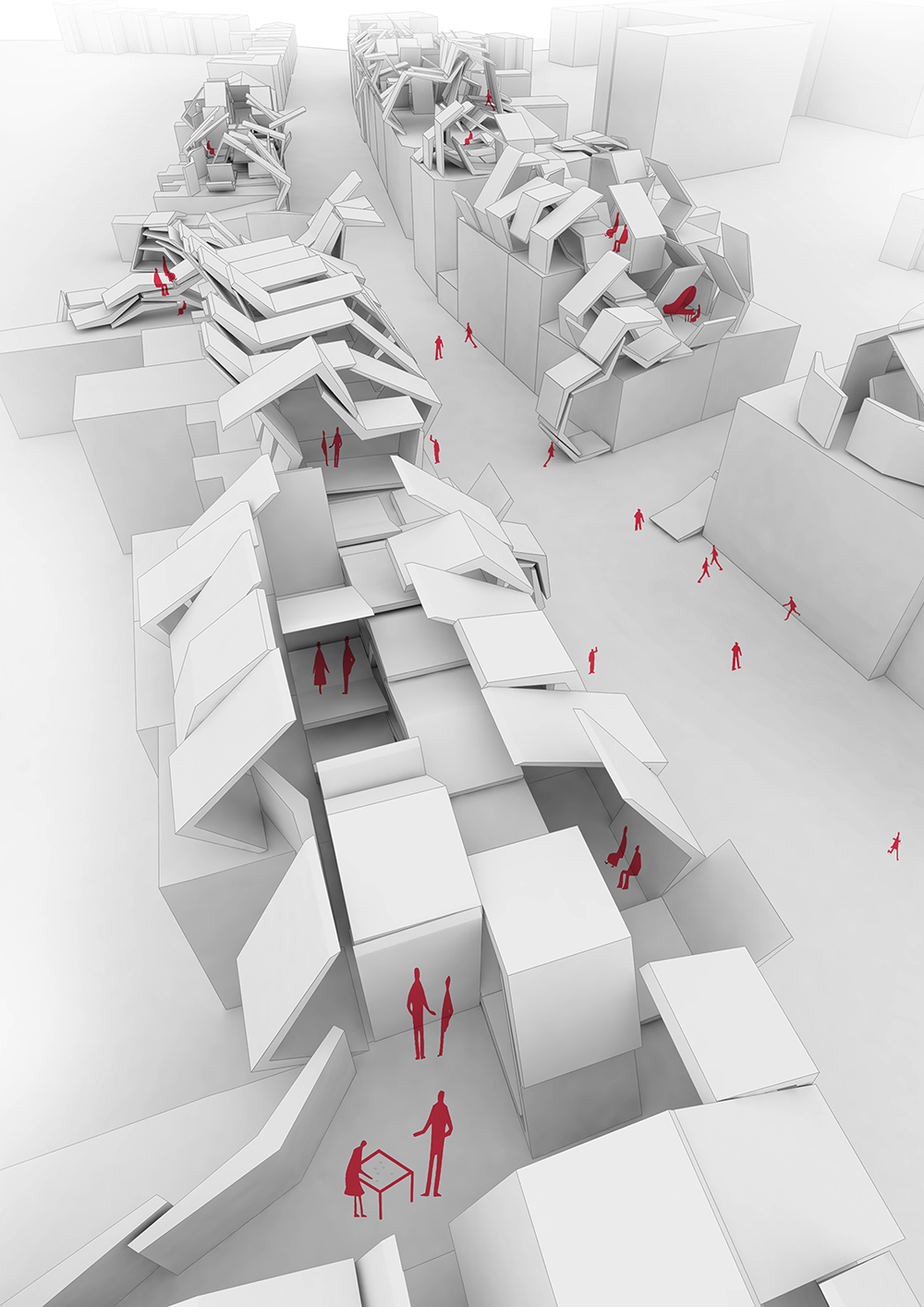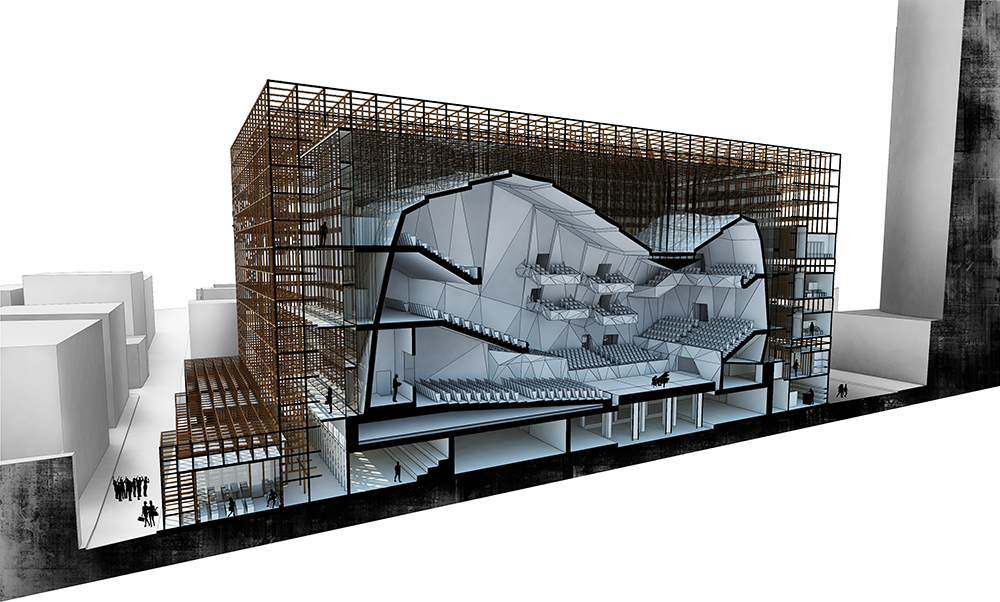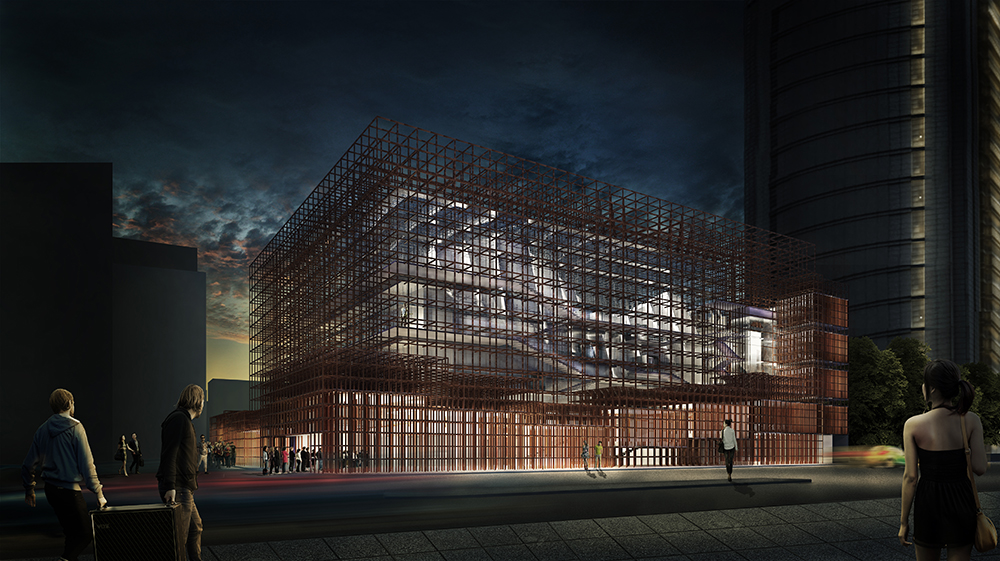Leonidas Leonidou is an architect and designer, currently working as a Computational Design Engineer at the technology company Ai Build in London. He has graduated from the Aristotle University of Thessaloniki and holds two master degrees from UCL in London with distinction, along with a number of awards.
#1 Describe your architectural background with a few words.
I studied architectural engineering at the Aristotle University of Thessaloniki where I graduated from in 2012. My studies there set the foundations for my future development that allowed me to have a wide and open minded approach towards architecture and its constantly expanding spectrum. Close to the end of my studies and upon graduation I participated in a number of international workshops, such as the AA Visiting School, a 2-week international program in Germany by being one of the four representatives of the Aristotle University, and a one-month long project by New-Territories and Columbia GSAPP.
In 2013, having developed a strong interest in performance-oriented approaches in architecture coupled with a desire to have a more rigid engineering approach in the design process, I moved to London where I studied the postgraduate degree MSc in Environmental Design and Engineering at UCL and graduated with distinction. Towards the end of my studies I had the opportunity to combine my dissertation with an internship at the environmental consultancy Neapoli in Kuala Lumpur in Malaysiawhich proved to be one of the most valuable and rewarding experiences I ever had. After that I felt that there was much more for me to explore in Asia, so I moved to Japan where I had an internship at Sou Fujimoto Architects, while I also got the opportunity to travel extensively around Asia and expand my ways of thinking.
Eventually I decided that I wanted to get deeper into research and be involved with state of the art approaches in architecture, so in 2015 I returned to London where I studied the MArch Architectural Design degree at the Bartlett at UCL, which was my big step towards computational design, coding, robotics, 3D printing and advanced design approaches. The project I developed together with my team during that time received both the Gold award and the honorary Sir Peter Cook award at the end of the year exhibition, delivered by Sir Peter Cook himself. Right after graduation, I worked as a Research Assistant at the Bartlett, where I continued working on design research and the development of custom design tools.
Finally, having developed a strong interest in coding and design-oriented software development, I joined the London-based technology company Ai Build in October 2017 that focuses on the development of software and hardware for large-scale 3D printing using industrial robots, where I am currently working as a Computational Design Engineer and I have the privilege of constantly developing my problem-solving skills and working on innovative projects.
#2 After your graduation, how did you make up your mind on your next step it? Whatwasitabout?
After graduating from the Aristotle University in Greece, I knew that there was much more I wanted to learn and I was also looking to further my studies abroad but I wasn’t certain of what I should focus on, so I thought that the next logical step would be to get a better insight on different areas of architecture for which I hadn’t been taught during my degree time. With this in mind, I participated in a number of workshops, most of them dealing with computational design approaches in architecture, but I still hadn’t made up my mind on what to focus on.
Eventually I tried to see the whole situation more rationally and I decided that by improving my engineering skills and focusing on a more performance-oriented architectural approach would be quite valuable, as this is an area that architects generally lack behind compared to other engineering professions, and by doing that I would achieve a more interdisciplinary thinking. This is how I decided to apply for the MSc in Envrionmental Design and Engineering at UCL in London, which offered me a lot of valuable knowledge indeed, but at the end of my studies I was still feeling that something was missing.
Having been to Malaysia and having completed an internship as an environmental consultant there, the next step was to get more work experience and see how architectural practice is from the inside, while also improving my thinking and design skills along the way. During that time I had an internship at Sou Fujimoto Architects in Japan and travelled around Asia, and although the former experience was unique, it was the latter that really allowed me to change my perception about architecture and achieve a more mature architectural thinking. Coming back from Asia, I decided to try things on my own, so I participated in some architectural competitions and I started experimenting with 3D printing through the use of open source 3D printers.
After few months of experimentation, design, reading, research and careful thinking, I realised that my main interests lied in advanced design, new technologies and architectural innovation, so I couldn’t think of a better place to be than the Bartlett in London, which led me to apply for the MArch Architectural Design programme there. That was the first time I had no doubts that I was doing something that I really enjoyed, and because of that everything went pretty smoothly after graduation, as most of the things I have been involved since then lie in the area of computational design which I greatly enjoy working on.
#3 What were the difficulties you encountered and the opportunities that came along with your choices?
I would say that the biggest difficulty I have encountered in the past few years was finding my real niche and what I wanted to focus on that would make me really happy. After my graduation in Greece I experienced a years-long process of constant thinking, questioning and doubt, but eventually I used this to my advantage by getting involved in completely different things, combined with travelling, exploring and experimenting. There were many times along the way that I would keep questioning what I was doing and how relevant it was to my constantly updated planned career path, but I have come to realize that no matter how irrelevant some skills and activities might seem at times, they eventually all add up in shaping us to how we are today and nothing goes wasted.
Another difficulty I encountered was to constantly having to learn new skills when getting involved with different things, which can be quite challenging, but eventually the more someone keeps doing this, the easier it becomes to learn new things and adapt to new situations, which I believe is one of the most important skills for a person to possess nowadays, given the fact that most professions keep evolving constantly.
One of the most relevant examples from my experience was having to learn how to write code and at the same time produce a design project through it during my studies at the MArch Architectural Design programme at the Bartlett, while also applying it to other technologies such as 3D printing. It was a big challenge, but it proved to be extremely useful, as it helped me become much more technical, improve my analytical thinking, and eventually continue working on the field after graduation.
Finally, as part of my journey in finding my niche and the various occasions and opportunities in the past few years, I have moved to different countries quite a few times – eight times in five years to be precise – which was quite disorientating from time to time and it would prevent me from feeling that I belong to a place, but I ended up seeing everything as temporary instead. However, this was counterbalanced greatly by the advantages, as the constant change of environment, people and culture helped me in building a more global and wide image about habits, architecture and how people experience the built environment in different parts of the world and contributed greatly in getting rid of the inherent mentality that we have in interpreting everything through the limited scope of our everyday environment and the society we grew up in.
#4 What is your current occupation and in what way is it an asset to your professional life? Is it close to what you imagined architectural practice to be?
I am currently working as a Computational Design Engineer at the London-based technology company Ai Build, with my main responsibilities lying in handling many of the company’s geometry and design-related tasks, while maintaining a strong problem solving attitude. My day-to-day tasks are quite varied and include - but are not limited to - the development of the geometry-related algorithms of the company’s software, applied research and development varying from software to designing and building prototypes for solving problems related to 3D printing, leading the company’s R&D projects and optimizing designs for fabrication, as well as operating the company robots for running the printing production.
The exposure is undeniably great and I have the opportunity to combine all my passions, namely design, coding and a mathematical approach towards problem solving, while at the same time I have the chance to be involved in unique and exciting projects, such as the Croatian pavilion for the Architecture Biennale 2018 in Venice that opened to the public recently, and 3D printing the interior space of the Bottletop store in Regent Street in London.
I have to admit that had I been asked about my career path few years ago, I would have never imagined the position where I am at the moment, and I am certain that an important ratio of architects would claim that this is not even related to architecture. However, I believe that an architect nowadays has to be flexible about what is defined as architecture, as the field is constantly changing and its boundaries are expanding, while technological innovation is getting embedded deeper and deeper in every field and transforming it in unprecedented ways. Having also practiced as an architect in the conventional way and keeping up to date with the latest projects and developments in the field, I believe that in order to prevent architecture becoming obsolete, a technological embrace and major bottom-up reformation of the discipline is required that will transform the ways we design, build, and collaborate.
#5 What piece of advice would you give to someone that would like to follow your steps?
The main piece of advice I would give to someone is to keep themselves open to possibilities and always maintain a flexible attitude towards their future development. In other words, do not set hard limits about who they are and what their future development will be like, and don’t rush on locking themselves into something that they are not certain about just because it offers them a false sense of safety. The architectural field has become very wide and is constantly changing, while the boundaries between different disciplines are getting more and more blurred, so flexibility and an open mind are the two main qualities that an architect should possess nowadays in my opinion. In my case, I had completely different plans about my career development few years ago, and these plans have constantly been changing based on the opportunities I had at every stage and the knowledge I have been accumulating.
Another advice that is related to the one above is not to be afraid to try different things and fail. Each failure should be treated as a lesson that helps in understanding one’s self better and eventually contribute in deciding what the next step in their personal development will be. Stability and safety alone as driving forces can sometimes provide a stable and straightforward career, but in order to innovate, lead a fulfilling career and hopefully make a difference, one usually needs to diverge from this path, experiment and fail many times until they succeed.
Finally, I would like to highlight how important travelling is, and I strongly advise travelling as much as possible and try experiencing every place through a local’s eyes, as it will really transform a person’s way of thinking and their perception about the world. Let’s not try to confine difference to our standards, but embrace it instead, and the result can only be beneficial in both a personal and an architectural level.
For more info visit:

